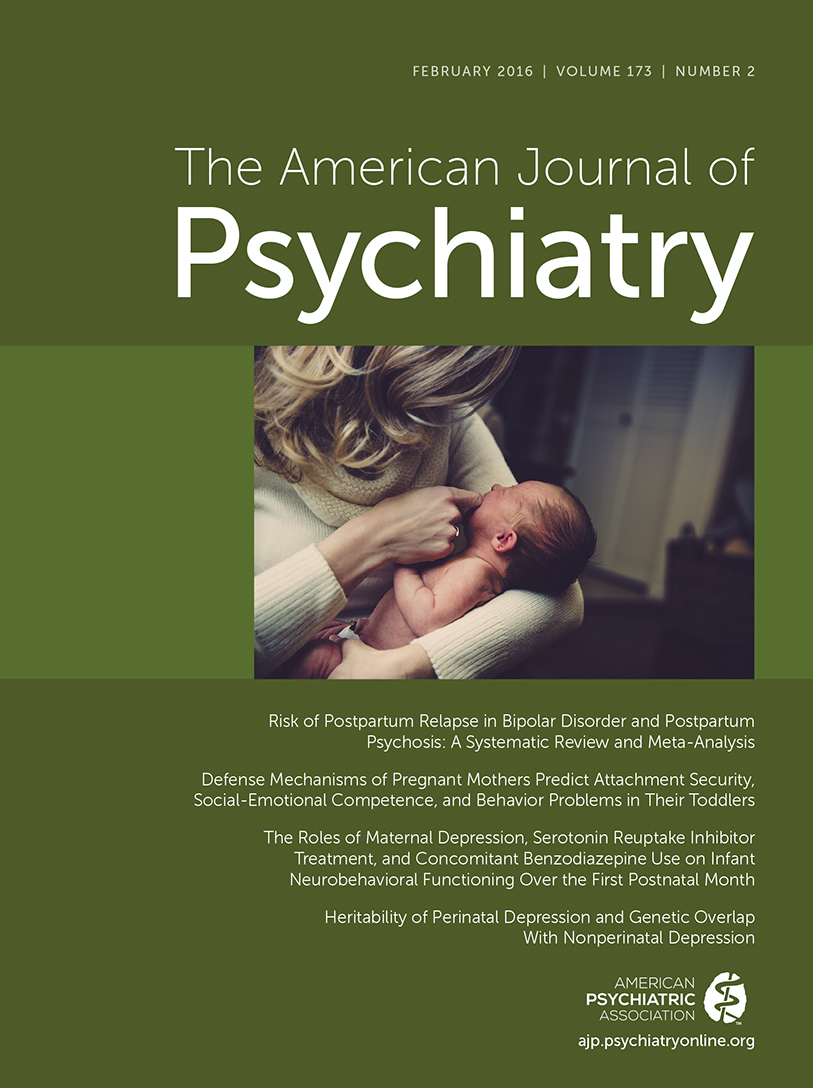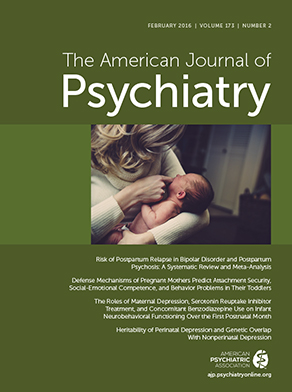There is significant disparity in mental health treatment and utilization among persons belonging to racial, ethnic, and cultural minority groups across the world. Clinicians are more likely to underdiagnose or misdiagnose expressions of distress in people with different racial, ethnic, and cultural affiliation. Therefore, there has been great interest in incorporating a patient’s cultural perspective into clinical psychiatric evaluation in the hope that doing so would help improve patient engagement and bridge the gap between a patient’s explanatory model of disease and the biopsychosocial model promulgated by the psychiatric community. In this regard, the DSM-5 Cross-Cultural Issues Subgroup focused its efforts on creating a semistructured interview schedule called the Cultural Formulation Interview (CFI) that was incorporated in the DSM-5 section on Emerging Measures and Models.
This book, edited and coauthored by many members of the DSM-5 subgroup, provides a comprehensive overview of the CFI. It consists of six chapters and three appendices and is accompanied by an online video resource (
www.appi.org/Lewis-Fernandez) containing excerpts of standardized patient-clinician interactions using different components of the CFI. The book provides the reader with a unique perspective of the CFI not as an interview tool but as a cultural intervention that enables greater patient engagement and satisfaction. The foreword by Arthur Kleinman is a great read that, while applauding the successes of the CFI, cautions that cultural interventions inherently risk stereotyping patients based on superficial representations.
The book begins with a useful overview of the efforts at cultural formulation that preceded the CFI, including the DSM-IV Outline for Cultural Formulation and approaches developed in Canada, the Netherlands, Sweden, the United Kingdom, and Denmark.
The next chapter is devoted to the versions of the CFI that are included in DSM-5, namely the 16-item questionnaire that is used with patients (which the authors refer to as the core CFI) and the CFI-Informant version to be used with a friend, family member, or caregiver. This section also provides details of the DSM-5 field trials of the core CFI that demonstrated feasibility, acceptability, and perceived utility and that identified clinician- and patient-level barriers to implementation. It is noteworthy that the core CFI included in DSM-5 is not the same as that tested in the DSM-5 field trials but is in fact one that was revised based on the results of the field trials.
The meat of the book lies in the 12 supplementary modules that are not included in DSM-5. The supplementary modules provide more detailed questions on each of the subthemes of the core version, namely: explanatory models; level of functioning; social network; psychological stressors; spirituality, religion, and moral traditions; cultural identity; aspects of cultural identity related to national, ethnic, and racial background, and to language and migration; aspects of cultural identity related to spirituality, religion, and moral traditions; aspects of cultural identity related to gender identity and sexual orientation identity; coping and help-seeking; patient-clinician relationship; and specific versions relevant to school-age children and adolescents, older adults, immigrants, refugees, and caregivers. This chapter contains case vignettes and prompts for the online videos embedded within the text, both of which make the text easier to follow. The videos are unique in that they depict clinicians with varying levels of expertise, from novice clinicians reading questions off of the interview checklist to expert clinicians incorporating interviewing skills such as empathic reflecting into the CFI interview. (It is also a pleasant surprise to see some of the authors themselves feature in the online videos.)
Another useful aspect of the book is the section devoted to implementation that is relevant to clinicians, administrators, and policy makers. This section is progressive in addressing issues pertaining to the scalability of the CFI, adapting the CFI to different clinical settings (e.g., emergency department, outpatient, consultation-liaison, community health center, and international settings), and providing actionable steps to bridge the research-practice gap. The authors offer two distinct strategies for implementation of the CFI: one for individual clinicians and the other tailored toward administrators. The authors also introduce the CFI-Fidelity instrument as a tool to assess clinician adherence to the CFI, patient responsiveness, clinician competence, and distinctness of the intervention. This section also features informative case vignettes on cultural expressions of distress, such as chucaque in Peru and susto in Latin America, and on cultural beliefs, such as brujeria, or bewitchment, in Peru.
The book concludes with a brief account of efforts at incorporating cultural competence into medical student and adult psychiatric resident education, and it also details future directions for the CFI.
Although the book is intended for clinicians, administrators, policy makers, advocates, and other mental health professionals, it may be better suited for clinicians, researchers, and administrators with a keen interest in cultural aspects of mental health care delivery. The authors acknowledge that the CFI is a “work in progress” (p. 268). It can hence be expected to undergo further iterations before it can overcome additional barriers to its implementation.

